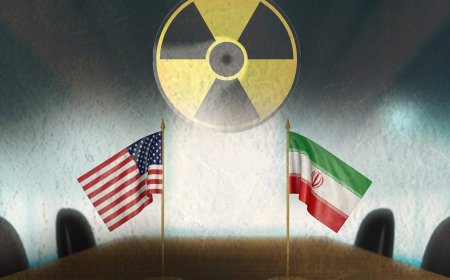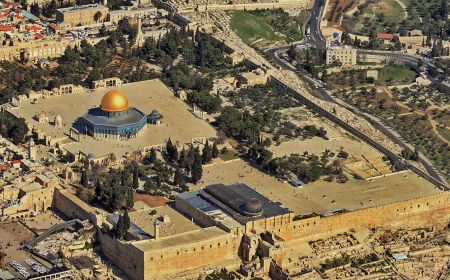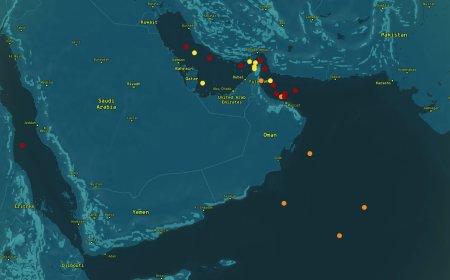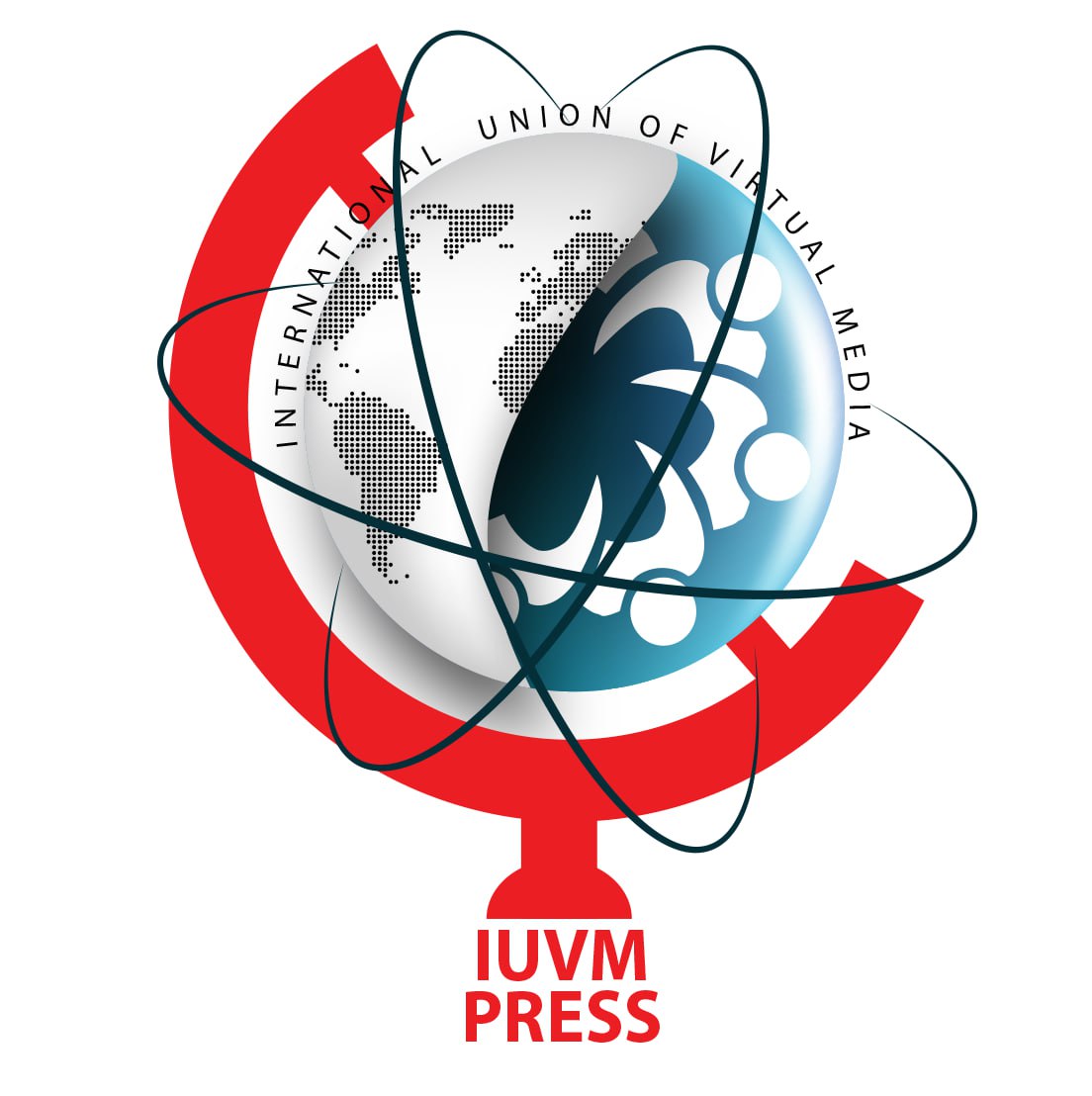Hamas’s Historic Stand: Reversing Israel’s Gaza Strategy
The ongoing return of tens of thousands of displaced Palestinians to their homes in the northern Gaza Strip marks a moment of profound significance not merely as a humanitarian development but as a resounding testament to the resilience of the Palestinian people and the enduring strength of Hamas.
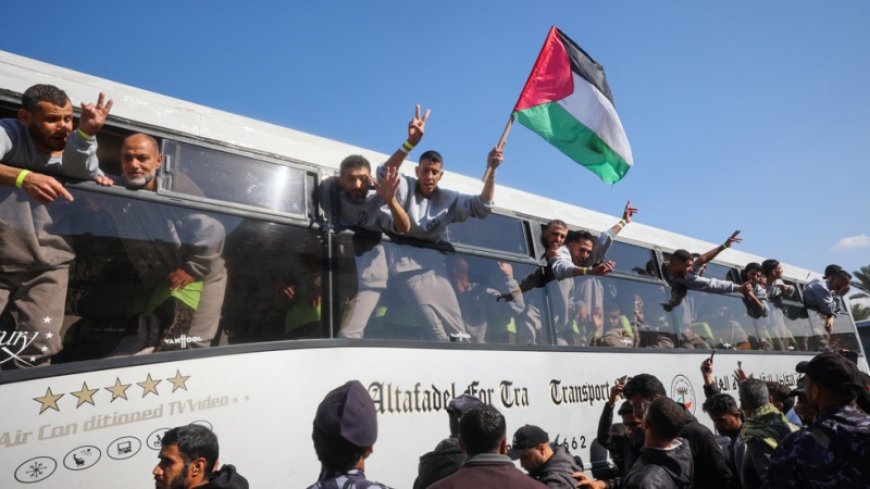
By: H. Zaïm-Bashi
The ongoing return of tens of thousands of displaced Palestinians to their homes in the northern Gaza Strip marks a moment of profound significance not merely as a humanitarian development but as a resounding testament to the resilience of the Palestinian people and the enduring strength of Hamas.
This mass return facilitated through the Netzarim axis and Al-Rashid Street following agreements between Hamas and Israel is emblematic of a pivotal shift in the trajectory of the decades-long struggle for Palestine's freedom.
To fully grasp the magnitude of this event it is imperative to examine the strategic importance of the Netzarim corridor. On October 27, 2023, weeks after Hamas' historic Operation Al-Aqsa Storm; the Israeli military launched a full-scale ground invasion of Gaza. As part of its broader military strategy Israel imposed a geographical reconfiguration of the enclave by establishing the Netzarim military zone a fortified buffer that effectively severed northern Gaza from the south. This maneuver was not only a means of territorial control but also an instrument of demographic engineering aimed at depopulating Gaza City—the most populous urban center in the Strip—and consolidating military hegemony over the territory.
For months the Netzarim corridor was a central point of contention in ceasefire negotiations between Hamas and Israel. By maintaining a stranglehold over this critical juncture the Israeli military sought to exert dominion over the movement of Palestinians humanitarian aid and military operations within Gaza. The destruction of at least 750 buildings to create a buffer zone around Netzarim further underscored the regime’s long-term objective: the spatial fragmentation of Gaza in line with its broader colonial ambitions. However, the recent reopening of the corridor and the subsequent return of displaced Palestinians have rendered this strategy a spectacular failure.
Israel’s own media has acknowledged the scale of this defeat. Yedioth Aharonot reported that Tel Aviv had relinquished its strongest bargaining chip by reopening Netzarim a decision made without securing any of its intended objectives. Similarly, the Israeli journalist Amichai Stein lamented that Israel had forfeited its principal leverage in the prisoner exchange negotiations while former Israeli minister Itamar Ben-Gvir decried the event as an unambiguous victory for Hamas and a humiliation for the Israeli establishment.
Indeed, this momentous development highlights the efficacy of Hamas’ steadfast resistance. Despite Israel’s extensive military expenditures and infrastructural investments in controlling Netzarim all of its efforts have now been rendered obsolete. The triumphant return of over one and a half million Palestinians to northern Gaza has not only reasserted the people’s unbreakable connection to their land but has also exponentially raised the costs of any future Israeli aggression. The reality is clear: Israel’s objectives in Gaza have been systematically dismantled while Hamas has once again demonstrated its capacity to alter the course of history through resilience strategic acumen and unyielding dedication to the Palestinian cause.
Far from being a mere logistical shift the return of displaced Palestinians to northern Gaza signifies the failure of Israel’s military doctrine and the enduring success of the Palestinian resistance. The Zionist project of subjugation and displacement has encountered an insurmountable roadblock—the unwavering will of the Palestinian people backed by the strategic victories of Hamas. In the grand arc of history this moment will stand as yet another chapter in the long and indomitable struggle for justice sovereignty and liberation.















